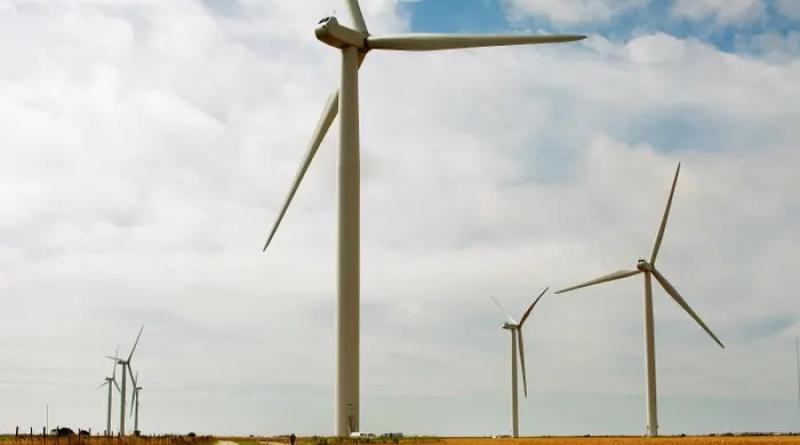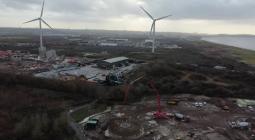England ‘4,700 years from building enough onshore windfarms’

It would take almost 4,700 years for England to build enough onshore windfarms to help meet the UK’s clean energy needs unless the government lifts an effective block on new turbines, according to the Institute for Public Policy Research (IPPR).
Only 17 small-scale onshore windfarms have been approved in England since 2015 when the government changed planning laws to create a de facto ban on onshore windfarms, according to the thinktank.
The prime minister, Rishi Sunak, promised to remove the block on onshore wind six months ago but the government has yet to take action to ease the planning restrictions faced by renewable energy developers.
It would take almost 4,700 years for England to build enough onshore windfarms to help meet the UK’s clean energy needs unless the government lifts an effective block on new turbines, according to the Institute for Public Policy Research (IPPR).
Only 17 small-scale onshore windfarms have been approved in England since 2015 when the government changed planning laws to create a de facto ban on onshore windfarms, according to the thinktank.
The prime minister, Rishi Sunak, promised to remove the block on onshore wind six months ago but the government has yet to take action to ease the planning restrictions faced by renewable energy developers.
Maya Singer Hobbs, a senior research fellow at the IPPR and the lead report author, said: “None of the failures of the English system are inevitable. The de facto ban on onshore wind, the lack of coherence in environmental regulations and the lack of good quality housing are all solvable by reforming the system.”
John Gummer, the chair of the UK’s Climate Change Committee, the government’s official climate advisers, told ITV News late last year that it would be “very difficult” for the government to reach its net zero targets without loosening the restrictions on onshore wind.
James Robottom, the head of onshore wind at Renewable UK, said: “It’s now six months since the prime minister announced measures aimed at lifting the de facto ban on onshore wind in England and we’re still waiting for an effective plan of action.”
Campaigners believe a rebellion of backbench Tory MPs threatens to pile pressure on ministers to make only modest tweaks to the planning framework, which would continue to hold back the rollout of English windfarms.Ed Miliband, Labour’s shadow climate change and net zero secretary, said: “For thirteen years, the Conservatives have prioritised backbenchers who oppose popular, cheap clean power above the interests of the British people – and their ludicrous ban on onshore wind is now costing every family £180 a year in higher bills.”
Their refusal to tackle delays in the planning system has robbed Britain from having cleaner, cheaper power and left Britain vulnerable,” Miliband said.
Renewable UK, a trade group for the industry, has been approached by “many businesses, farmers and communities” that want to build onshore windfarms in order to cut their energy bills but have been left “frustrated” by the restrictions, Robottom said.
“All we’re asking for is for is a level playing field in which onshore wind is treated like any other type of infrastructure as it goes through the planning system, with each application considered on its own merits,” he added.
The Labour party has promised to lift the block on onshore wind and vowed to put in place tough new targets to cut planning times for renewable energy projects down “from years to just months”.
A government spokesperson said the amount of renewable energy connected to Great Britain’s electricity grid had increased by 500% since 2010 and it had consulted on proposals to speed up planning permission “where there is local support” for onshore wind.
cover photo:National Grid estimates onshore wind capacity needs to increase to more than 30 gigawatts across Great Britain by 2030. Photograph: Graeme Robertson/The Guardian





